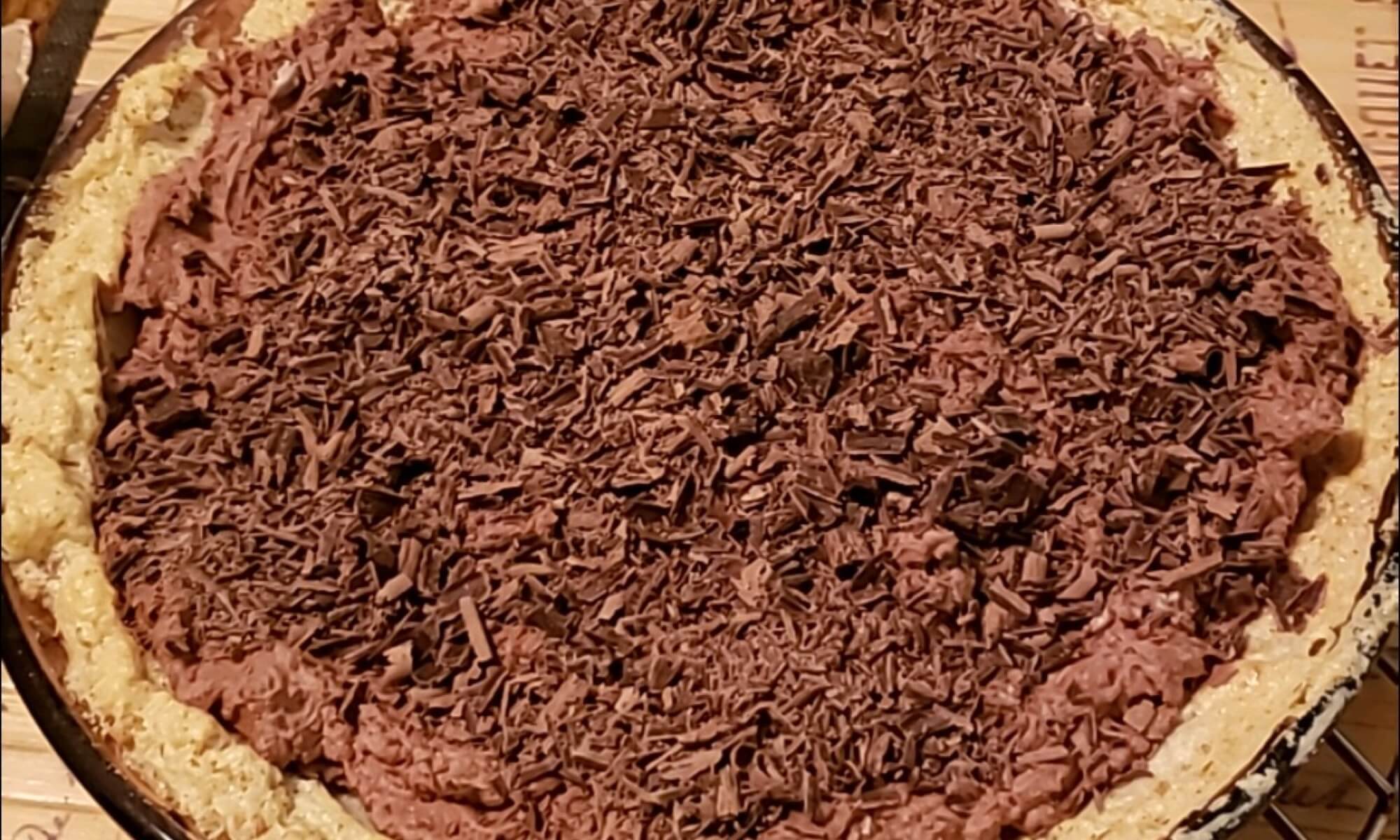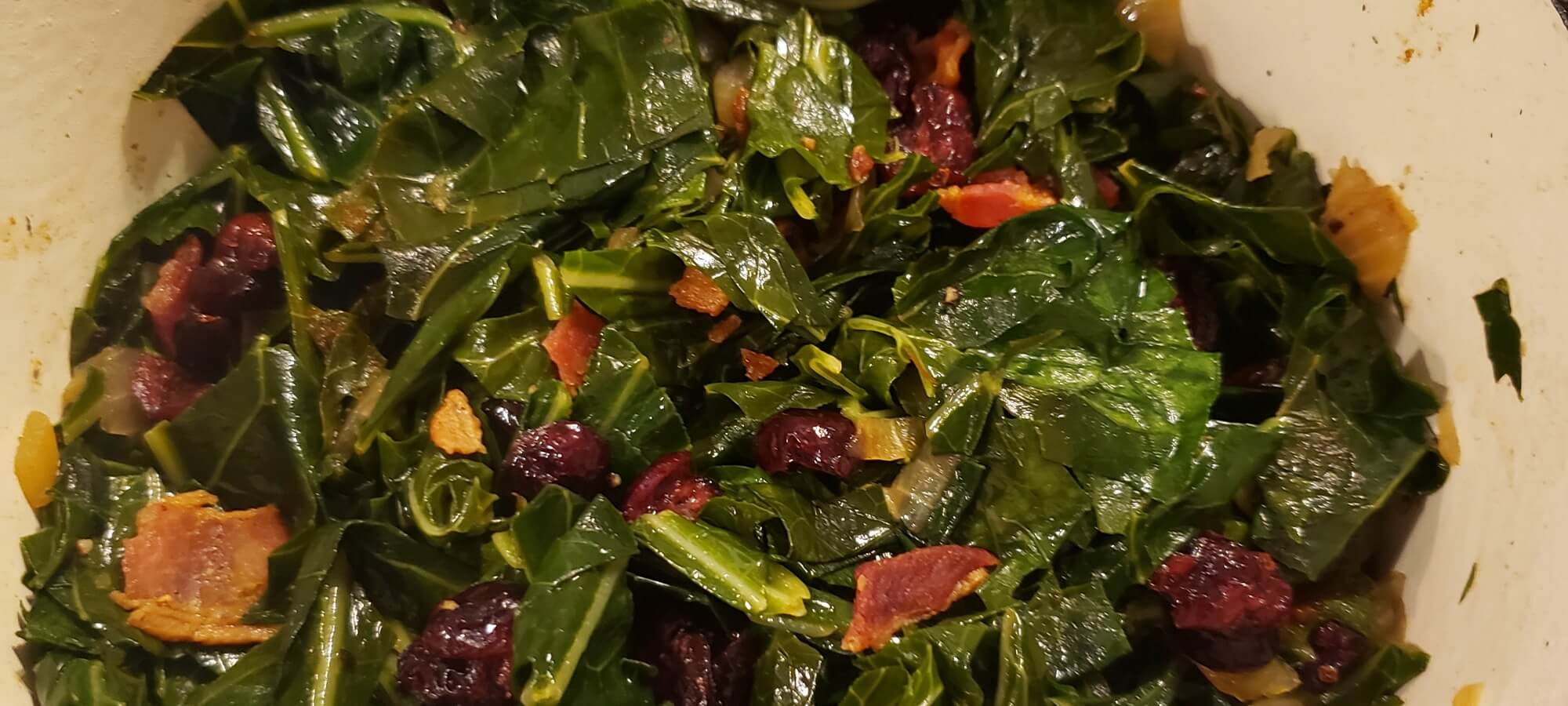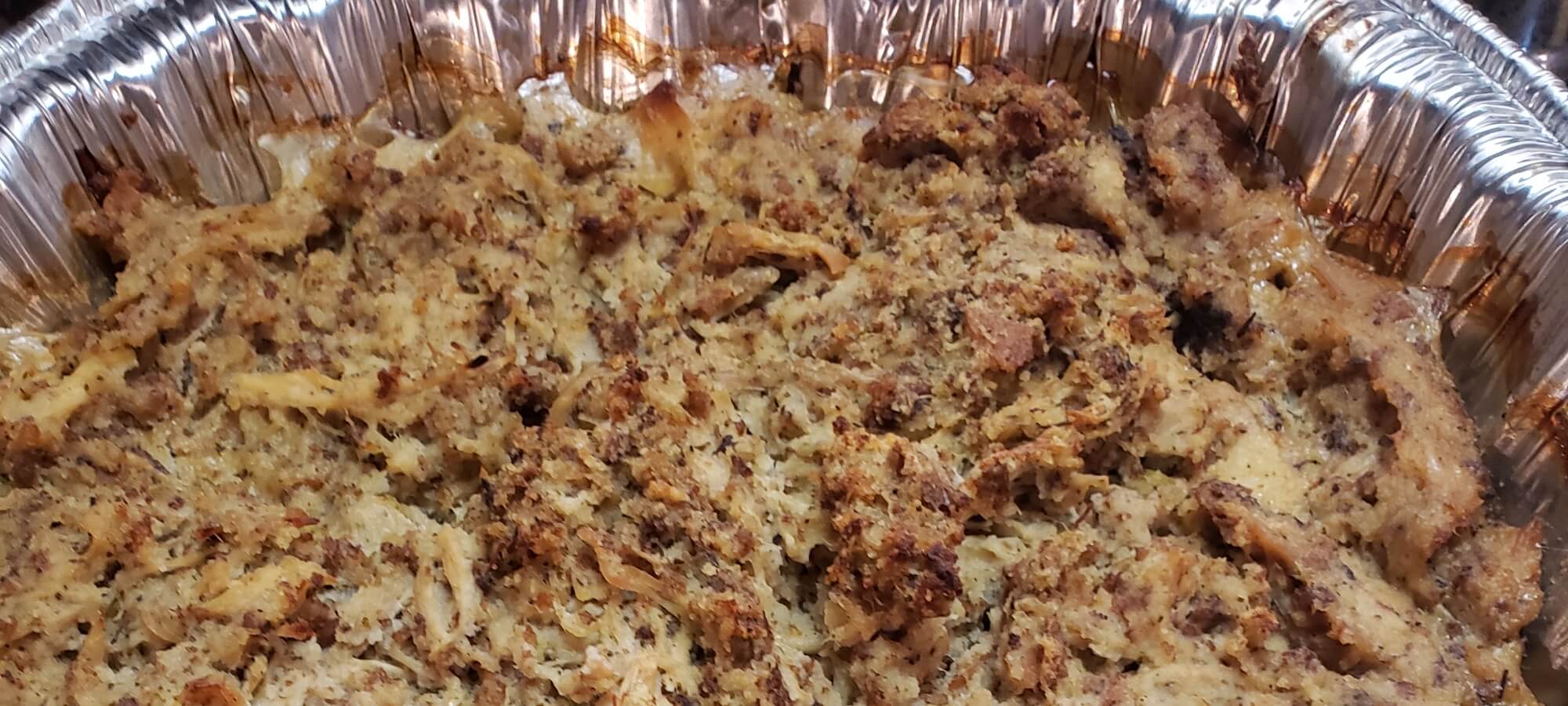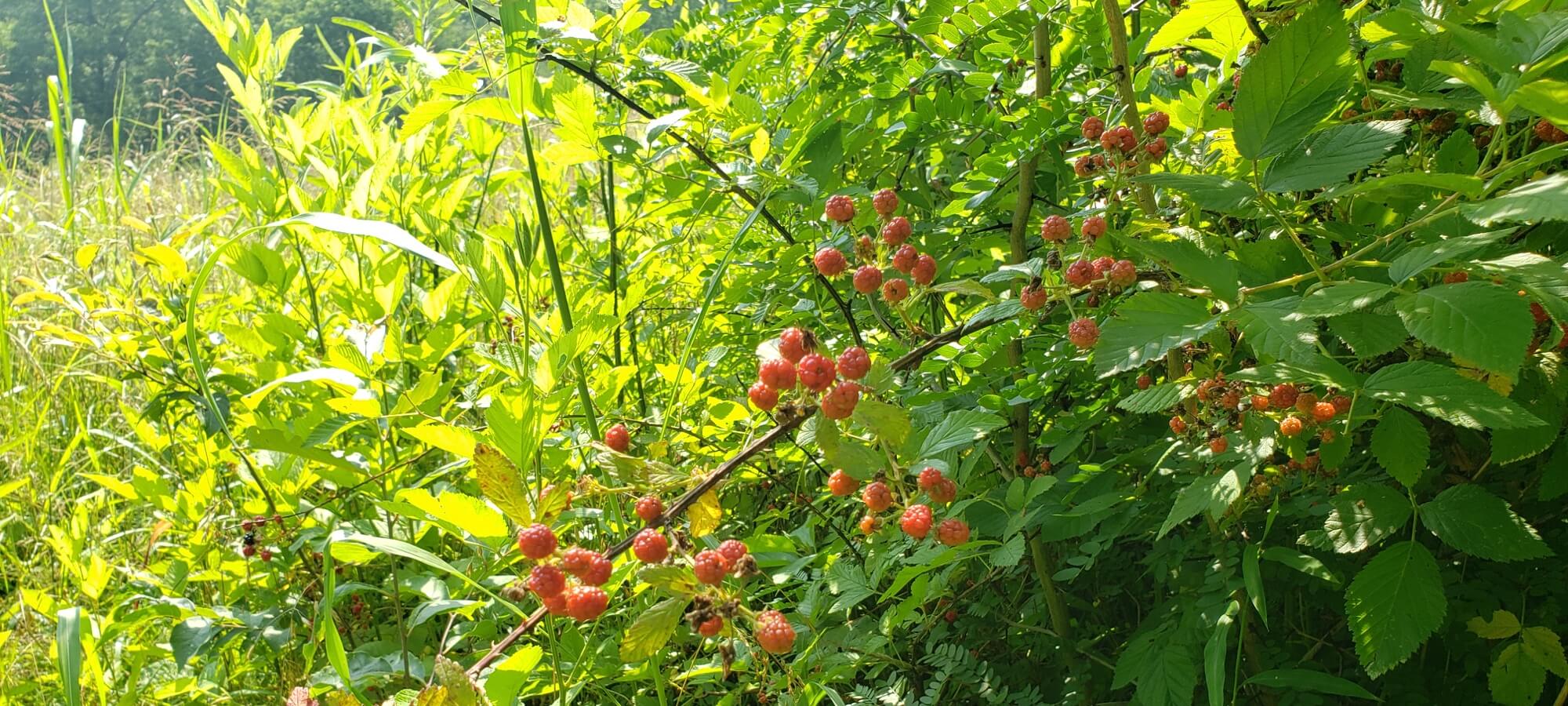It’s been a while since we posted one of our favorite recipes from the farm, but this is one we’ve had a few requests for. They say the fastest route to win someone’s heart is through their stomach. This recipe is definitely Chip Moore’s favorite and he gets one almost every Christmas. It’s not a low-fat recipe, but it IS diabetic friendly, since the crust is made of meringue!
Chocolate Amaretto Pie
This rich, delicious pie has a relatively short list of ingredients and is not difficult to make. To make it even more diabetic-friendly, we use Splenda instead of sugar and add a teaspoon of water to the crust mixture. The recipe is designed for one 9-inch pie (about 8 servings).
Meringue Crust:*
2 egg whites
1/8 tsp. salt
1/8 tsp. cream of tartar
1/2 cup granulated sugar**
1/2 tsp. vanilla
1/2 cup finely chopped walnuts (optional)
*NOTE: If you want to make a deep-dish pie (which is what we do), multiply the ingredient amounts for the meringue by 1 1/2.
**NOTE: To make a version that is more diabetic-friendly, just substitute 1/2 cup of Splenda or your favorite artificial sweetener and add 1 teaspoon of water.
Filling:
1 (4 oz.) bar semi-sweet or sweet baking chocolate
2 Tbsp. water
2 Tbsp. Amaretto or almond flavored liqueur OR 2 Tbsp. more water plus 1/2 tsp. almond extract
1 tsp. vanilla
1 cup whipping cream (we use Heavy whipping cream)
Chocolate shavings for garnish (optional)***
***NOTE: We usually use a Hershey’s Special Dark bar and shave it for the garnish, but, depending on the baking chocolate you use, you may want to go with a regular Hershey Milk Chocolate bar or some other bar that suits your taste.
Preparation:
Beat the egg whites until frothy. Then beat in the salt and cream of tartar. Continue beating as you add the sugar (or sweetener plus water) gradually, beating until the mixture makes stiff peaks.
Beat in the vanilla. Fold in the chopped walnuts.
Lightly grease and dust with flour a 9-inch pie pan. Spread meringue into the pan to make a crust, building up the edges like a pie shell.
Bake pie crust at 300º F for 50 to 55 minutes or until the crust is lightly browned and crispy. Cool.
For the filling, place chocolate into a bowl over hot water and heat until melted OR put it into a glass dish and microwave one minute at a time until it is melted.
Stir in the water and Amaretto. Cool. Stir in the vanilla.
Whip the cream. Fold into the chocolate. Pile into the cooled pie shell. Chill unto firm.
To garnish, decorate the top with shaved chocolate, if desired. Cut into wedges and serve. DELICIOUS!






